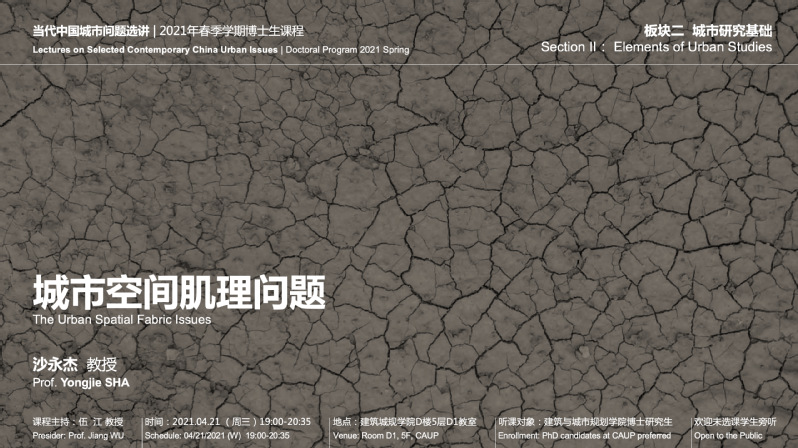

Abstract:
The urban fabric and spatial features of streets have been conventionally regarded as theoretical contents in urban planning and architecture, which almost have nothing to do with the utility. On the one hand, this lecture places an analysis on the planning measures based on the urban space and fabric by taking European and American cities as examples. On the other hand, it applies the Shanghai city as case study to disclose the correspondence between the theoretical contents and the current urban regeneration, which may even affect the future amendments of Shanghai’s statutory planning. Both the western and the Shanghai’s cases comprehend a simple point of view, namely the urban fabric plus urban structure (dual-significance of function and space) is the fundamental logic that shapes an urban built environment (urban community).
 ABOUT US
ABOUT US




